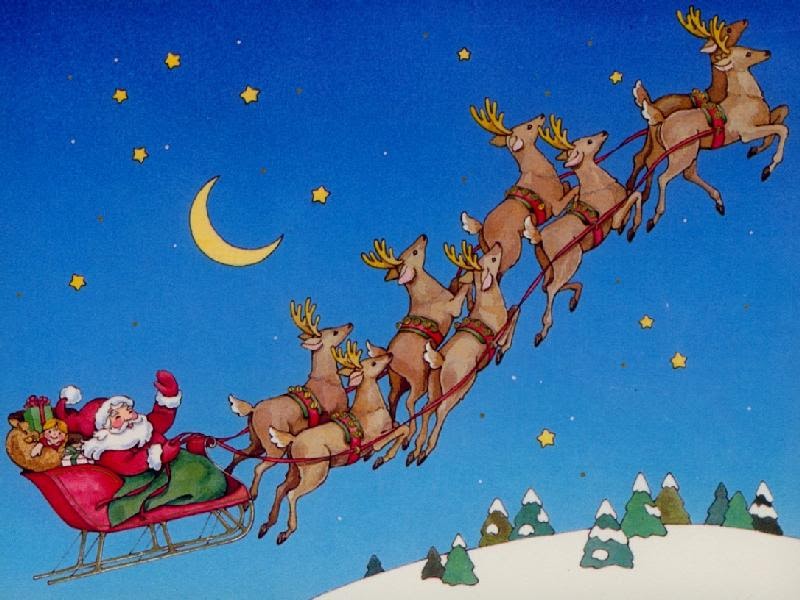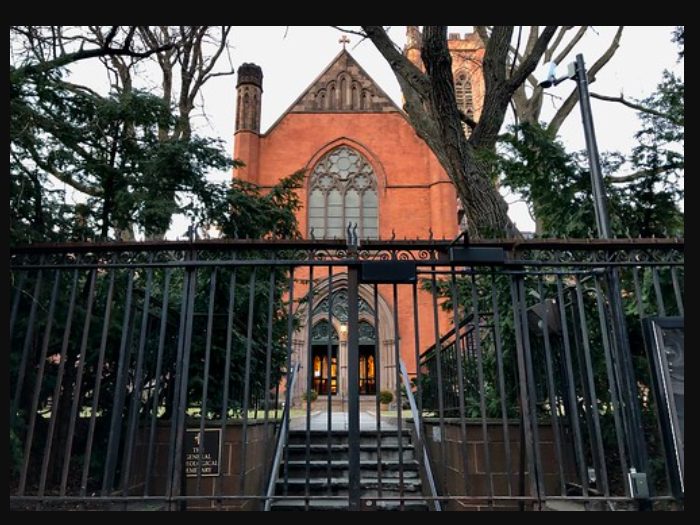“Twas the night before Christmas when all through the house, not a creature was stirring, not even a mouse” is probably one of the most famous first lines of literature. That simple poem has been shaping our images of Christmas for the past two hundred years. For many people, it wouldn’t be Christmas without reciting it to their children, just as their own parents recited it to them.
The history of “Twas The Night Before Christmas” is pretty interesting. The poem was first published anonymously in 1823 in a newspaper called The Sentinel. It was originally called “A Visit from St. Nicholas” and it described how Santa Claus came to a house on Christmas Eve with his sleigh and reindeer. The cheerful poem with the easily remembered rhyme and rhythm was very popular and it cemented Old St. Nick and his eight sprightly reindeer as a centerpiece of the holiday around which revolved the rest of the secular Christmas imagery with its glimpse of a perfect Christmas eve — with stockings hung by the chimney with care, the children jumping with joy, and so on.

It was also a tidy commercial success, spawning an impressive array of seasonal products, from countless illustrated books, a movie, and cartoons (like the 1974 Rankin/Bass version).
Clement Clarke Moore, a theologian and professor of Middle East and Greek literature, gets the credit for writing the poem, but many disagree.
The “Account of a Visit from St. Nicholas,” the piece’s original title, is shrouded in mystery. For some years now, academics and descendants of the poet Henry Livingston, Jr., have claimed that it was his genius idea. Mary Van Dusen, Livingston’s great-great-great-great-great-granddaughter, believes the work is his and wants the world to know it. “To me, it’s just righting a wrong,” she said to CBC News. “I feel there’s something fundamentally wrong with people stealing other people’s work.” She’s created a website showing all the evidence she’s collected over the years.
The mystery about who really wrote this classic is not as important as enjoying it. And this year, marking the bicentennial, there will be a number of events in New York City, the setting of the story.

One is a special reading of the poem in Clement C. Moore Park and a tour of the General Theological Seminary on December 5th.
This tour is $10 for Untapped New York Insiders and includes a special commemorative edition of the poem as well as a hot cocoa from the High Line Hotel.
The holiday tour will be led by historian Pamela McColl, author of “‘Twas the Night: The Art and History of the Classic Christmas Poem”, a non-fiction account of the poem and the life and times of Clement Clarke Moore. As you explore what now stands on land that once belonged to Moore, you’ll learn about the author and his legacy in New York City. Inside the 200-year-old seminary, located where Moore’s orchard once grew, you’ll tour the magnificent chapel and view vintage editions of the classic poem inside the library. You’ll warm up with a hot cocoa from the High Line Hotel and head over to the site of Moore’s former home.
Marking the bicentennial, Moore will be honored by having his name added to the New York State Library Association’s Writers Hall of Fame on December 19. A limited number of tickets are available for Untapped New York Insiders to attend the Hall of Fame ceremony that will take place at the Hoffman Hall inside the General Theological Seminary in Chelsea, a site that sits on land donated by Moore.












